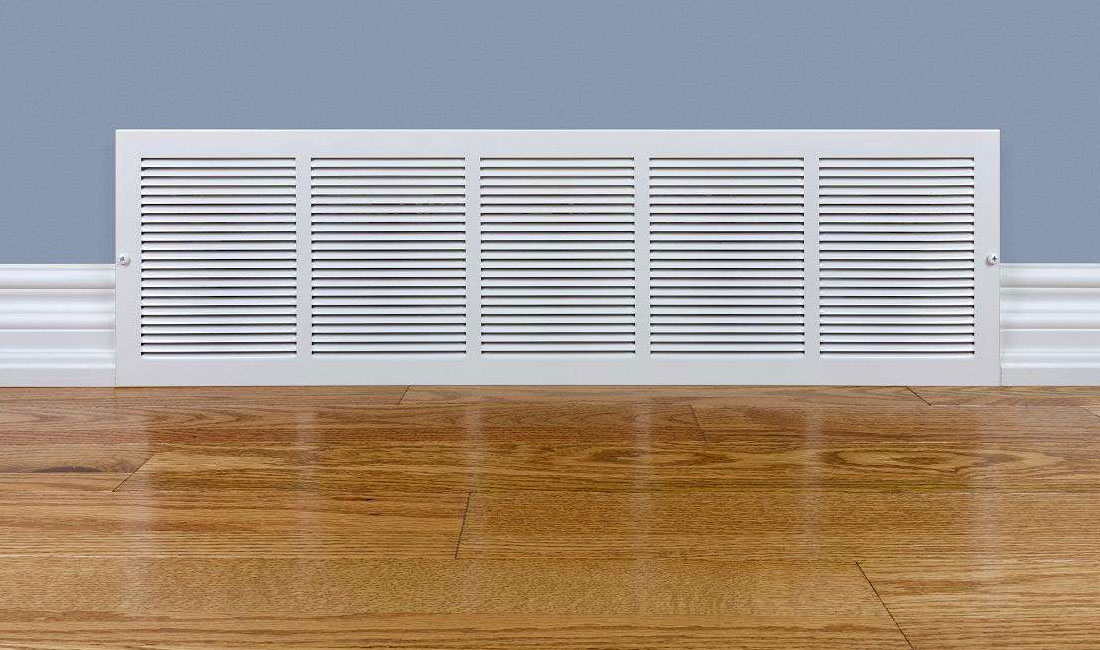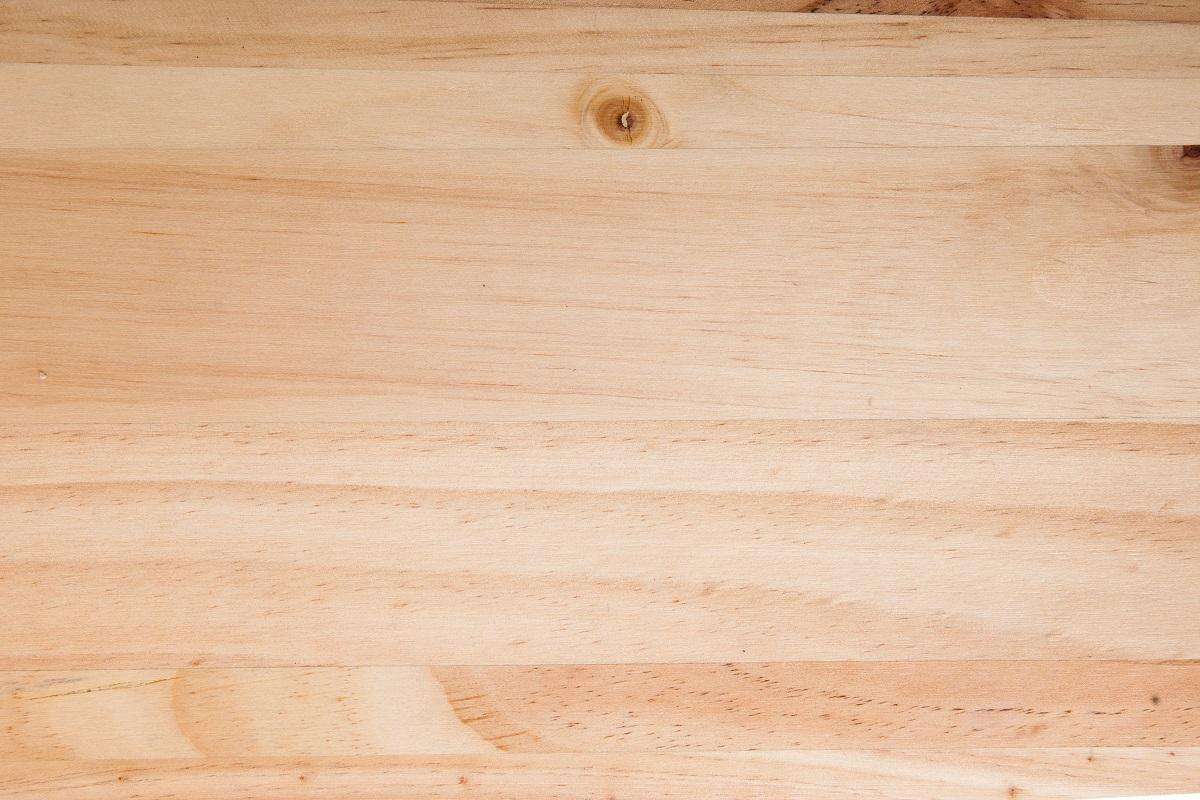
Choosing Tasmanian Oak as your flooring material is choosing hardness, durability and stability.
According to the Centre for Sustainable Architecture with Wood, timber specialist Michael Lee, 90% of Victoria’s hardwood floors during the 70s were made of Tasmanian Oak for a reason. It’s a stable, reliable wood, and lasts for a long time, surviving generations of use.
Along with this quality, Tasmanian Oak is also known for its versatility. There are many types of Tasmanian Oak flooring on the market these days. This includes standard engineered flooring, overlay flooring, and more. It establishes Tassie Oak as the timber flooring of choice for homeowners.
Appearance and Qualities
One way to visually identify Tasmanian Oak is by its colour. It’s a warm blonde wood. This colour can vary, ranging from a light reddish-brown to a pinkish cream or straw-coloured tint.
Tasmanian Oak produces an excellent finish and stains exceptionally well, making it useful to match other timbers and finishes. When testing timber flooring, keep this in mind if you’re trying to match furnishings or existing hardwood floors.
Tassie Oak can be planed, sanded, and glued. It will take steaming or bending, making it versatile for many spaces around the home. It’s also great for glue-laminating, so can be used to cover long expanses of flooring within a home.
Grading
Tasmanian Oak flooring comes in different grades: Select or Prime, Medium-Feature or Standard, and High-Feature or Classic.
- Select or Prime – Even grain and figure, with uniform texture and surface. It is the highest grade available.
- Medium-Feature or Standard – More distinctly natural characteristics and impression, but these features do not affect the structural soundness of the wood
- High-Feature or Classic – Contains the greatest number of natural characteristics; and is rich and vibrant in appearance
Select or Prime-grade, by far, is the one with the most consistent appearance of all three. The timber is uniform and smooth in appearance, with few knots and an even surface. It’s the most ideal for flooring to create a warm, consistent aesthetic over large surfaces.
However, if your projects require timber with more natural features such as more gum, knots, and natural stains, Medium-Feature and High-Feature are more suitable for your needs. They will appear distinctly more like natural wood with knots, burls, and other characteristics.
Though the natural features won’t affect the structural quality of the wood, they may not provide a consistent appearance to the timber and create interruptions in the flow of the flooring. So this type may be more suitable for unique furnishings.
Janka Rating

One of the best qualities of hardwood floors is to provide warmth and softness in a home, with a distinct spring as you step over it. Therefore, the Janka rating of hardwood can matter when buying timber flooring because some timber species can be too hard and won’t have that comfortable spring.
A Janka Rating is a hardness scale specifically made for hardwood floors. The more pressure that a species of wood can take, the higher the Janka rating will be. In Australia, the rating is measured in kN or kilonewtons. A good hardwood floor should have a reasonably high rating to withstand the wear, hence most Australian hardwoods are at the higher end of the scale.
Most medium timbers that give off a soft, warm, luxurious feel would rate around 4-8kN, while high density ones exceed well above 8kN. For example, Ironbark is the hardest and most durable at 14kN, but also very difficult to saw due to hardness. Sydney Blue Gum is at 9.0kN. Baltic Pine is at the much softer end of the scale at 3.0 kN.
Tasmanian Oak has a Janka rating of 4.9-5.5kN.2, which falls right in the middle range of comfortable timber for flooring applications. When shopping for your Tasmanian Oak, ensure that you have timber planks of the correct rating, so you’re confident your home has just the right amount of spring on its floors.
Pricing
The price of your Tasmanian Oak flooring will vary depending on the length of the wood and the grading. The current retail prices range from $85 to $124 per square metre. Being widely available has made this type of timber flooring more accessible in pricing than other hardwood floors of similar qualities and colour, such as Victorian ash.
Consult With Hardwood Experts at Tile Importer
Tasmanian Oak has many wonderful qualities that make it ideal for your home’s floors. But if you’re unsure of the type of timber or flooring you need, or if you have the proper grade of Tasmanian Oak, always consult with experts.
Call Tile Importer today and get a consultation about flooring and the ideal type of timber. You can even browse the different flooring options available to talk to us about what you’re looking for.

